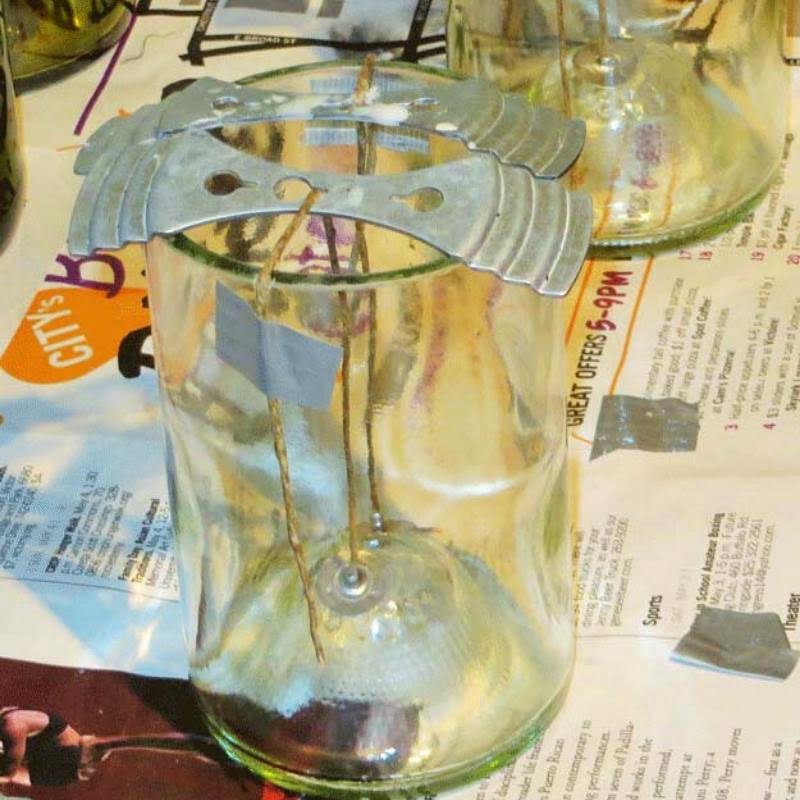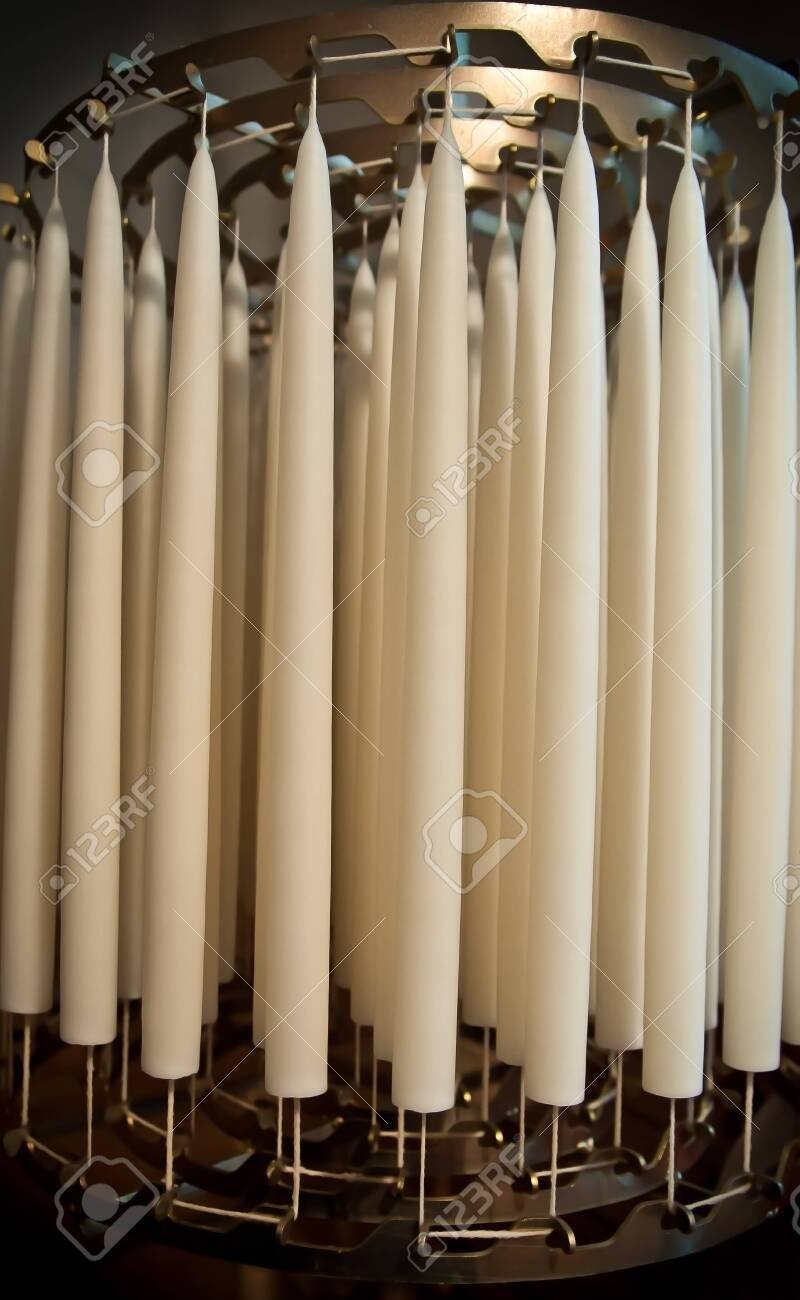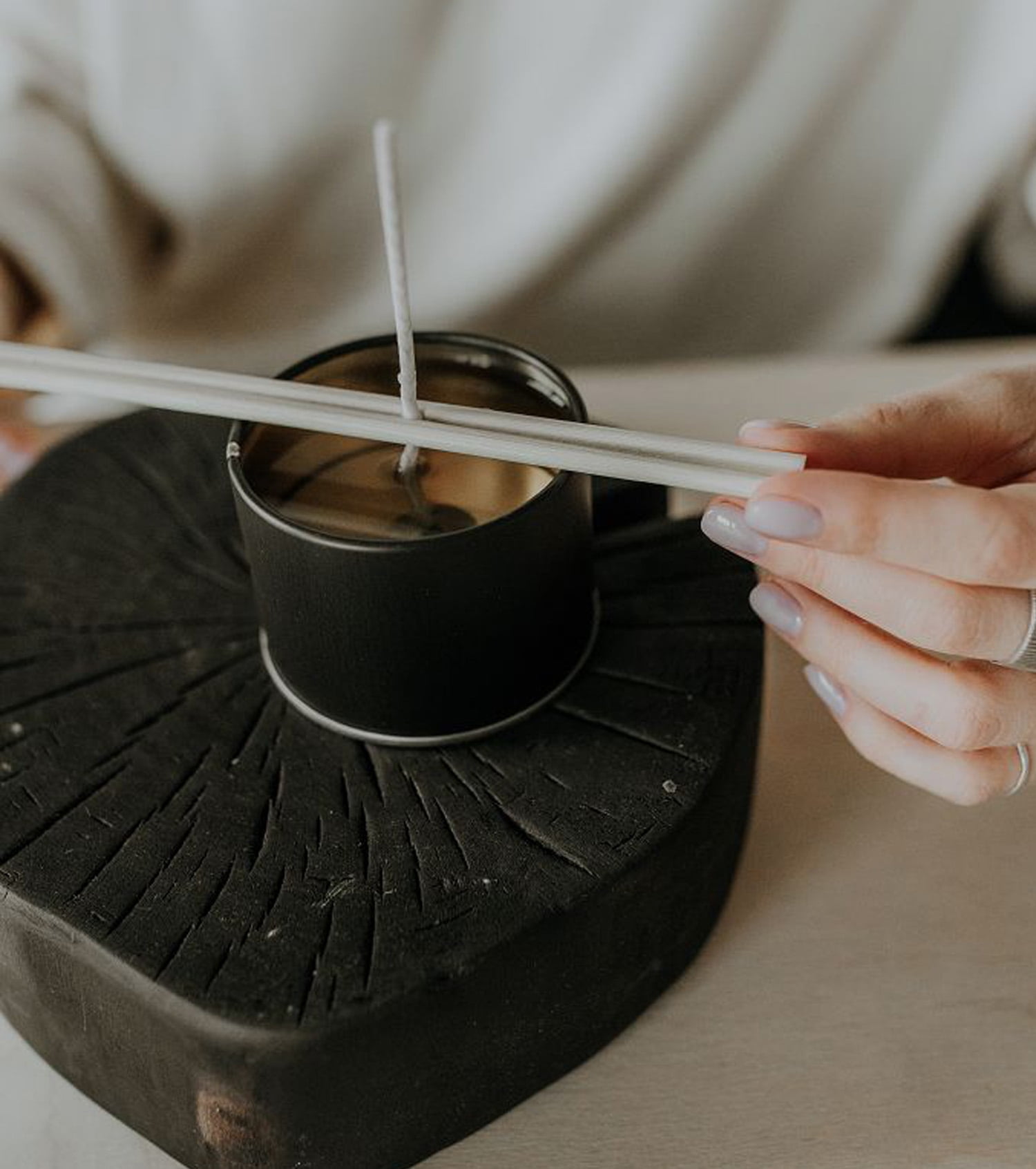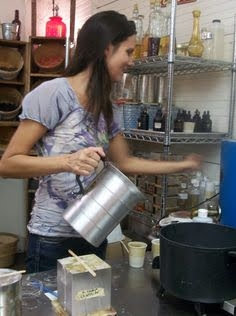Are you interested in exploring the world of candle making wax types? Whether you are a beginner or an experienced candle maker, understanding the different types of candle wax is essential for creating beautiful and high-quality candles.
In this article, we will delve into the various options available for candle making wax, from traditional choices like paraffin wax to eco-friendly alternatives like soy wax and natural options like beeswax. We will also explore unique and sustainable choices like palm wax, as well as transparent and decorative options like gel wax.
When it comes to candle making, the type of wax you choose plays a crucial role in the appearance, burn time, and fragrance throw of your candles. With so many options available, it can be overwhelming to select the right wax for your project. However, by understanding the characteristics and benefits of each type of candle wax, you can make an informed decision that aligns with your preferences and values.
In the following sections, we will take an in-depth look at paraffin wax, soy wax, beeswax, palm wax, and gel wax. Each type of candle wax has its own unique qualities and considerations for use in candle making. By gaining a comprehensive understanding of these different waxes, you will be better equipped to choose the right one for your next candle making endeavor. Let’s dive into the fascinating world of candle making wax types.
Understanding Different Types of Candle Wax
When it comes to candle making, choosing the right wax is essential in creating a high-quality, long-lasting candle. There are various types of candle making wax available, each with its own unique properties and advantages. Understanding the different types of candle wax can help you select the best option for your specific candle making project.
Here are the most common types of candle making wax:
- Paraffin Wax: This traditional choice is known for its excellent scent throw and ability to hold color well. It is easily accessible and often used in container candles and pillars.
- Soy Wax: As an eco-friendly alternative, soy wax is made from natural soybean oil and offers a clean burn with minimal soot. It is ideal for environmentally conscious candle makers.
- Beeswax: Known for its natural aroma and beautiful golden color, beeswax is a popular choice for those seeking a truly natural option. It has a long burn time and produces a warm, honey-like scent when lit.
- Palm Wax: This unique and sustainable choice creates beautiful crystalline patterns as it cools, making it perfect for decorative candles. It also has excellent fragrance retention.
- Gel Wax: Transparent and versatile, gel wax allows for creative designs such as embedding objects within the candle. It offers a modern twist to traditional candle making.
When deciding on the right type of wax for your candle making project, consider factors such as fragrance throw, burn time, sustainability, and aesthetic appeal. Each type has its own set of advantages, so it’s important to choose based on your specific needs and preferences. Whether you prioritize eco-friendliness, aesthetics, or scent performance, there’s a perfect wax type out there for you.
Paraffin Wax
One of the main advantages of paraffin wax is its affordability. It is often less expensive than other types of candle making wax, making it an attractive option for those working within a budget. Additionally, paraffin wax can hold a high fragrance load, resulting in powerful and long-lasting scents when used in candles.
However, there are some criticisms of paraffin wax, particularly regarding its environmental impact. Some individuals may prefer to use alternative options such as soy or beeswax due to concerns about sustainability and potential health risks associated with burning paraffin candles. Despite this, paraffin wax remains a popular choice among candle makers due to its affordability and strong scent throw capabilities.
Ultimately, when choosing the right wax for your candle making project, it’s important to consider your priorities. Whether you value affordability, sustainability, or scent throw capabilities, there are various types of candle making wax to suit your needs and preferences. Finding the right balance between these factors will ensure that you create beautiful and high-quality candles.
Soy Wax
What Is Soy Wax?
Soy wax is a natural, renewable resource made from soybean oil. It is biodegradable and burns cleanly, making it an environmentally friendly option for candle making. Soy wax also has a lower melting point, which means it burns slower and longer than other wax types.
The Benefits of Using Soy Wax
One of the main advantages of using soy wax for candle making is its eco-friendly nature. Unlike paraffin wax, which is derived from petroleum, soy wax is made from a renewable resource and does not release harmful toxins when burned. Additionally, soy wax is known for its strong scent throw, meaning it can hold and distribute fragrance oils effectively.
Considerations When Using Soy Wax
While soy wax is a popular choice for many candle makers, there are some considerations to keep in mind. For instance, soy wax can be sensitive to temperature changes and may require special handling during the pouring and curing process. Additionally, some candle makers find that soy wax can be trickier to work with than other types of wax, requiring careful attention to achieve the desired results.
Overall, soy wax offers a sustainable and eco-friendly option for those looking to create high-quality candles with minimal environmental impact. By understanding the unique qualities of soy wax and how to work with it effectively, candle makers can explore the benefits of this alternative choice in their craft.
Beeswax
Benefits of Beeswax
Beeswax is highly regarded for its natural properties, including its sweet and subtle honey-like scent when burned. Many people prefer beeswax candles over other types due to their clean burn with minimal soot. In addition to producing a warm and comforting glow, beeswax candles also have a longer burning time compared to other wax types.
Comparison With Other Wax Types
When comparing beeswax with paraffin wax or soy wax, it is important to note that beeswax is all-natural and does not require any additional chemicals for production. Its environmentally-friendly qualities make it a popular choice for those looking for sustainable candle making materials. While beeswax may be more expensive than other options, many candle enthusiasts are willing to invest in this natural and aromatic choice.
Using Beeswax in Candle Making Projects
Due to its unique characteristics, working with beeswax may require some adjustments in the candle making process. It has a higher melting point compared to other waxes, so it is important to use caution when heating and pouring the wax. Additionally, incorporating fragrances or dyes into beeswax may alter its natural properties, so minimal additives are recommended when using this wax type.
Overall, beeswax offers candle makers an all-natural and aromatic option that sets their creations apart from traditional paraffin or soy-based candles. Choosing beeswax as the primary ingredient in your candle making projects can result in unique and environmentally-friendly products that appeal to discerning customers who appreciate the beauty of nature in their home decor.
Palm Wax
One of the key advantages of using palm wax is its eco-friendliness. Palm oil comes from the fruit of oil palm trees, which are highly efficient at converting sunlight into energy, resulting in high yields of palm oil per acre of land. Additionally, palm oil production can help to support local economies in regions where the trees are grown, providing much-needed employment opportunities.
In addition to its sustainability, palm wax also has excellent fragrance-holding capabilities and provides a clean and long-lasting burn. This makes it an ideal choice for scented candles that not only look beautiful but also fill the room with delightful aromas. With its unique appearance and environmental benefits, palm wax has become increasingly popular among environmentally-conscious candle makers looking for a distinctive and sustainable option for their projects.
| Benefits | Description |
|---|---|
| Natural & Renewable Resource | Palm wax is derived from palm oil, which is a natural and renewable resource. |
| Eco-Friendly | Palm oil production supports local economies and provides employment opportunities. |
| Excellent Fragrance-Holding Capabilities | Palm wax is ideal for scented candles that provide long-lasting and delightful aromas. |
Gel Wax
When it comes to candle making, gel wax is a unique and versatile option that has gained popularity among crafters and candle enthusiasts. Unlike traditional wax types, gel wax offers a transparent and decorative look that allows for creative designs and added visual appeal to candles.
One of the key features of gel wax is its transparency, which creates a stunning effect when combined with embedded objects such as seashells, marbles, dried flowers, or decorative beads. This makes gel wax an excellent choice for creating personalized and visually appealing candles that can be used for home decor, gifts, or special occasions.
In addition to its decorative advantages, gel wax also holds fragrance oils exceptionally well, resulting in long-lasting and aromatic candles. This makes it an ideal choice for those who want to create scented candles with a unique aesthetic appeal. When using gel wax for scented candles, it is important to use fragrance oils specifically formulated for gel wax to ensure optimal scent throw and performance.
Overall, gel wax offers a distinctive option for candle making that allows crafters to experiment with different colors, textures, and decorative elements. Whether you are looking to create one-of-a-kind candles for personal use or as gifts for others, the transparent and decorative nature of gel wax opens up endless creative possibilities in the world of candle making.
Choosing the Right Wax for Your Candle Making Project
When it comes to choosing the right wax for your candle making project, there are several factors to consider. The type of wax you choose will not only impact the aesthetic and fragrance of your candles but also their burn time and environmental impact. Here are some key considerations to keep in mind when selecting the perfect candle making wax type for your project:
- Desired Aesthetic: Consider the look you want to achieve with your candles. Paraffin wax is great for achieving vibrant colors, while soy wax provides a more natural, rustic look.
- Fragrance: If you want to add essential oils or other scents to your candles, consider a wax that will hold fragrance well. Soy and beeswax are known for their excellent scent throw.
- Burn Time: Different waxes have different burn times. If you’re looking for longer-lasting candles, soy wax is a good choice, while beeswax has a naturally longer burn time compared to other waxes.
Each type of candle making wax offers its own set of unique qualities, so it’s important to weigh these factors against your specific needs and preferences.
Whether you prioritize eco-friendliness, aesthetics, or scent throw, there is a candle making wax type that aligns with your priorities. By considering these factors and understanding the different types of candle waxes available, you’ll be able to make an informed decision that will result in beautiful and high-quality homemade candles.
Conclusion
In conclusion, the world of candle making wax types offers a wide array of options for crafters and enthusiasts to explore. Each type of wax has its own unique qualities and characteristics, making it suitable for different preferences and project needs. Whether it’s the traditional paraffin wax, eco-friendly soy wax, natural beeswax, sustainable palm wax, or transparent gel wax, there is a type of wax that fits every candle maker’s vision.
When choosing the right wax for your candle making project, it’s important to consider factors such as scent throw, burn time, color possibilities, and environmental impact. Understanding the differences between the various types of waxes will help you make an informed decision that aligns with your values and creative goals.
Ultimately, whether you’re a hobbyist or a professional candle maker, experimenting with different candle making wax types can lead to exciting discoveries and unique creations. By staying curious and open-minded about the possibilities each type of wax offers, you can elevate your candle making skills and continue to push boundaries in this timeless craft. So go ahead-dive into the world of candle making wax types and see where your creativity takes you.

Welcome to my candle making blog! In this blog, I will be sharing my tips and tricks for making candles. I will also be sharing some of my favorite recipes.





